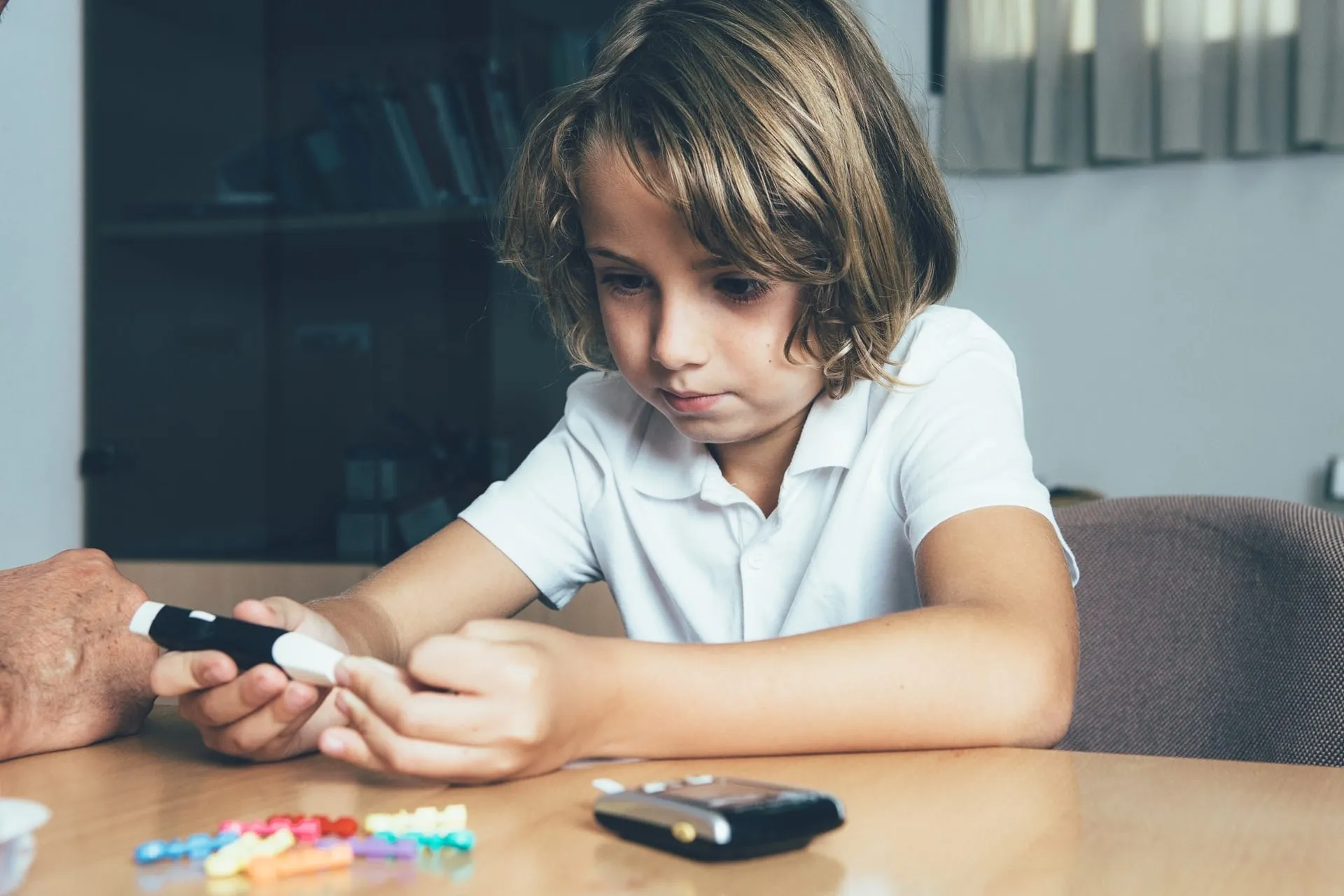Receiving a diagnosis of diabetes in a child or adolescent, either type 1 or 2 (although in that age range the second typology is not very common), it is a huge emotional burden for the whole family.
Not only because of the restlessness caused by the disease itself and doubts about its evolution, but because this will necessarily imply changes in routines: food, sports activities and everyday will have to be reviewed to adapt them to the situation of thepatient.It will also be necessary a meticulous control of glucose and insulin levels.
All this, logically, creates an initial state of stress in parents, who must learn what this disease implies.Dr. Joaquín Gómez Vázquez, head of the Children's Diabetes Unit of the Quirónsalud Córdoba Hospital, explains that “diabetic people can live a long time and with good health if the disease is detected and treated correctly.However, it is normal for once doubts arise about what can be done and cannot be done, and how. ”
Thus, food -related issues are very common, since the glycemic index and the glycemic load of food will raise blood glucose after meals."Foods with a low glycemic index," explains Dr. Gómez, "slowly increase blood glucose improving blood glucose figures, so it is easier to stay within normal parameters with insulin treatment;On the other hand, this does not happen with products with a high glycemic index, such as watermelon, white bread or cookies, among others. ”
The glycemic index will depend on multiple factors such as the type of food, its nutrient content - fibra, carbohydrates, proteins and fats - or the way to process them and the way of cooking them."To improve your metabolic control, the person with diabetes must take food with a low glycemic index," adds the specialist.On the Internet abound the listings on the glycemic value of food, but the recommendation is that the advice of the professional who is carrying the medical history of the patient is always followed
Another aspect that generates much concern is that of limitations when practicing sports.In this sense, the family must be reassured, since people with this disease will continue to exercise;Moreover, well done, it is highly recommended that it be practiced.
Of course, a series of concepts must be clear."Sport can be both aerobic and anaerobic, and the ideal is the mixture of the two, since the first tends to lower glycemia and the second to raise it," explains Dr. Gómez Vázquez.Therefore, to exercise the diabetic patient must be well controlled, since if not glycemia would worsen with an increase or decrease in it, which would lead to the risk of suffering hypoglycemia or ketoacidosis. ”Thus, the exercise must be planned and, if possible, be done daily with a duration between 30 and 60 minutes.
One of the great advances in the treatment and monitoring of the diabetic patient has undoubted.This, in addition to informing of glycemia at all times, indicates what will happen later, "and so we can advance with corrective measures to a rise or decrease."
Technology is a great advance for the treatment of this disease, but we must not forget that the fundamental basis is a good diabetological education, both in children and their families, and also in adult patients.Diabetes education allows you to establish an action planindividualized to help face the diagnosis of the disease and achieve adequate control, avoiding decompensations and complications of the disease.Dr. Gómez Vázquez insists that this education is as important as diet, insulin and exercise in the approach to diabetes, and "must be updated, since the treatments are constantly evolving."
Source: Link


